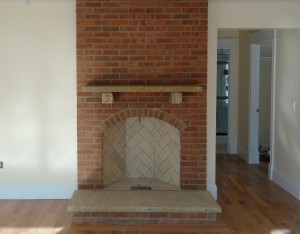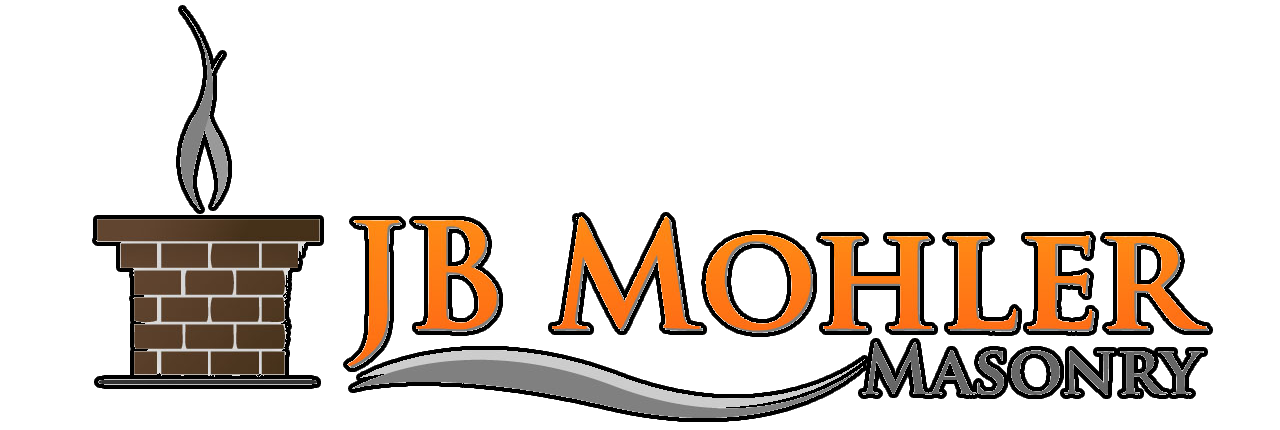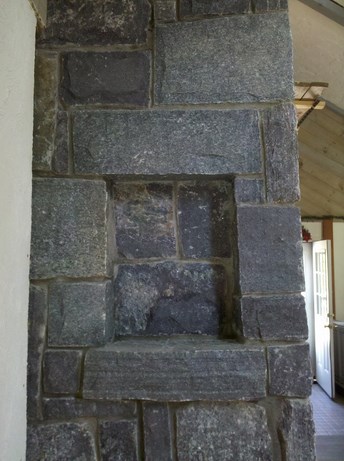How can a chimney help lower your gas or oil bill?
Running a Massachusetts masonry company that specializes in Rumford Fireplaces and woodstoves is hard work and the rising cost of oil makes everything cost

more money, squeezing pennies out of everyone. Finding ways to save money, especially on heating, is where many people of Massachusetts are turning. I happen to watch a lot of CNN and Fox news, pretty much news in general. Im concerned about whats going on in the world, what our government is up to, the price of oil and how it impacts people’s paycheck. I suppose as people get older they keep an ear to the track a little bit more.
When I was a kid on the weekends I would be out playing for hours. I remember clearly how the neighborhood sounded. It sounded with lawnmowers, chainsaws and gun shots. Gun shot because there was a sportsman club a mile or two away. Gun enthusiasts weren’t treated like criminals and scoffed at like they are now. Chainsaws because people burned wood in the winter to keep warm. People had larger yards and on weekends dads everywhere would maintain their own property. Woodstoves were common, if I had to guess, one in ten houses had a woodstove or a fireplace insert of some sort. How times have changed.
In the last 30 or 35 years I have witnessed a trend in home building. Wooden chimneys started about 1990 or so I would say. Initially companies provided a wood burning unit in these wanna be chimneys. They were manufactured fireplaces with sheet metal and a precast type of cement firebox. Sure not everyone needs or wants a real fireplace, people are busy, and don’t always have the time to deal with stocking piles of firewood.
At some point the gas companies got into the fireplace business. Once that happened I started noticing lots of changes to the building codes that made fireplaces more expensive to build. For example an 8×12 fireplace flue was more then adequate for years. Even on ranches and capes a good masonry contractor could make this size flue draw well enough that no smoke would spill into the living area. Some years ago the code was changed so most standard size fireplaces need a 12×12 fireplace flue. Im not sure why, the 8×12’s worked just fine, I would assume it aided in the fireplace drawing better.
Recently the code has been changed once again and now it requires all fireplaces to have a gasket-ed glass door installed. Installing a door isnt always going to produce a positive gain for energy consumption. It might get in the way of how the Rumford Fireplace radiates heat into the room. For the casual wood burner though I agree it is a good idea, especially since the code requires these large flues, see what happened….
How can a masonry chimney lower my oil bill?
It wasn’t too long ago that my Dad replaced his aging furnace on his house in Groton. It was original to the house and it was built I believe in 1972. If we had a really cold month in the winter it would not be out of the question to spend about $600-$800 or more for the month with oil. Over the winter of 2010 he averaged about $350.00 a month. That’s a pretty decent savings. Almost half although now he doesn’t have that problem in South Carolina!
So before beginning with any major construction projects to add a wood burning fireplace or woodstove it would be best to make sure the furnace is working properly and is fairly new, the old ones just have outdated technology and operate at much lower efficiencies.
The best way to heat your house with wood is the woodstove. Always has been and always will be. Nothing can match the heat it produces. There are some really nice units right now that produce significantly less smoke emissions as well, although I enjoy the smell of wood burning in the yard.
As always only burn seasoned wood in the woodstove or fireplace.
The second best way to supplement your oil heating unit is with a Rumford fireplace. A properly built Rumford will output so much radiant heat that it will feel like Florida in the middle of January.
The best chimney placement for this purpose ( burning wood as a supplement heat source) is to build the chimney in the interior of the house, the closer to the center the better. The masonry mass will absorb the heat of the fireplace or woodstove and it will keep on giving heat long after the fire goes out such as overnight. Less desirable is on an outside wall , although it will still produce heat just fine it will not be able to utilize the masonry mass to radiate heat into the house. If maximizing the chimney is the goal, then it should be placed on the interior of the house.
It is also possible to construct a fireplace that radiates enough heat to keep bystanders warm on cool nights on their patio. There are outdoor fireplace in Massachusetts that designed for this specific purpose.


